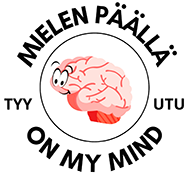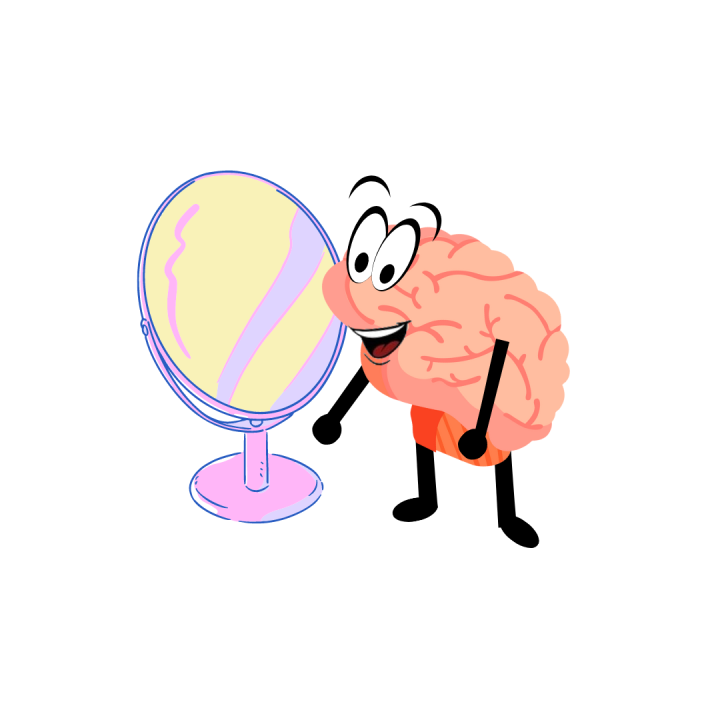Mental health discussed in cartoons: What does madness looks like? What is it like to be a little confused?
Viivi Rintasen’s (b. 1990) second book, Cartoon Therapy and Other Stories of Madness (2020), tells about mental health with the help of cartoon pictures. The material of the book is multivocal: Rintanen received stories about mental health struggles of other people and decided to compile them with her own memories.
The stories give hope, but are also realistic. The general mood in the stories is gloomy, but the openness toward these quite difficult themes is evident. Mental health problems are not romanticized and they are not always presented as traditional survival stories. For myself, the most important lesson taught by the book was the fact that it is possible to live with mental health problems.
The book negotiates from many perspectives on what it is like to live with a mental disorder. Stories do not seek to define a specific definition but rather to describe various individual experiences. Topics in the book range from depression and bipolar disorder to parental alcoholism and eating disorders. In addition, the book raises important questions: What is it like to support your relative suffering from mental health problems? What if your loved ones are unable to provide support for you?
The collection is also fascinating at the level of images and illustration. Rintanen has placed watercolors between the stories, with which she seeks to visualize the emotions associated with mental health disorders. Emotions take over entire pages, so the goal is achieved.
The book gives the reader information, but also an idea of what it’s like to get and receive help. The main story of the book is the portrayal of Viivi begining her therapy process. Through other stories, Viivi begins to unravel her history as she describes her childhood memories. Perhaps one can also figure out something new about oneself. The compilation inspires readers to ask “ What I think about mental health issues?”.
Anni L.
support student

